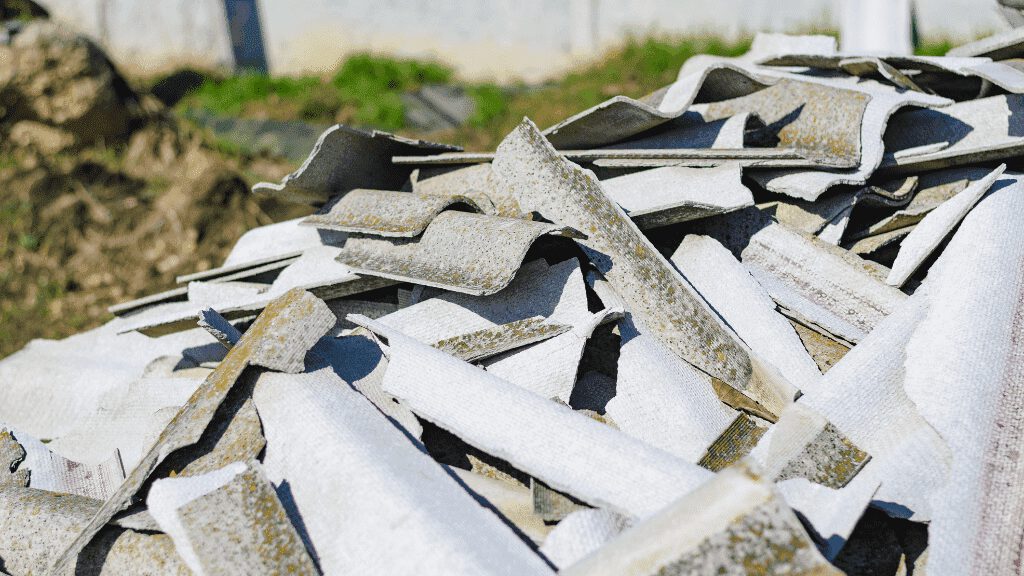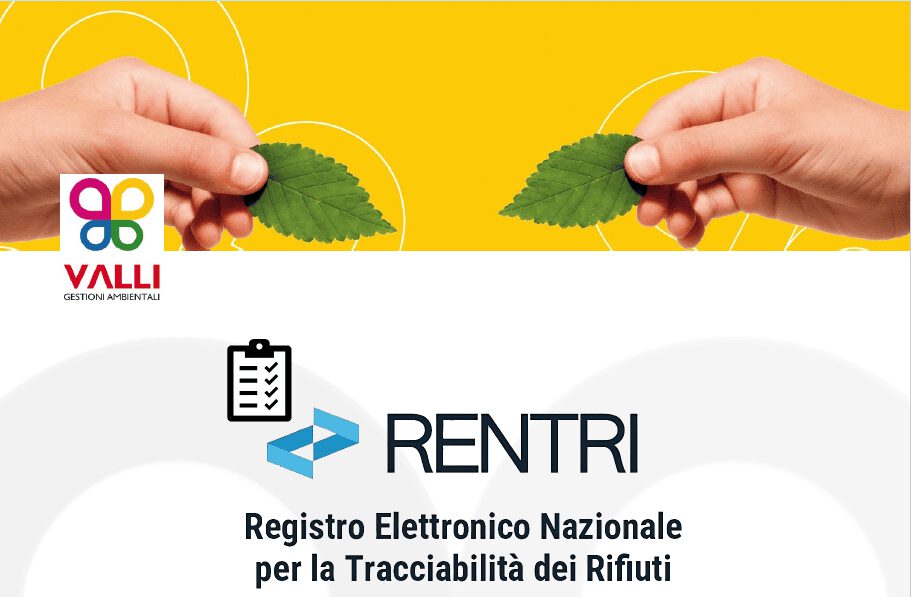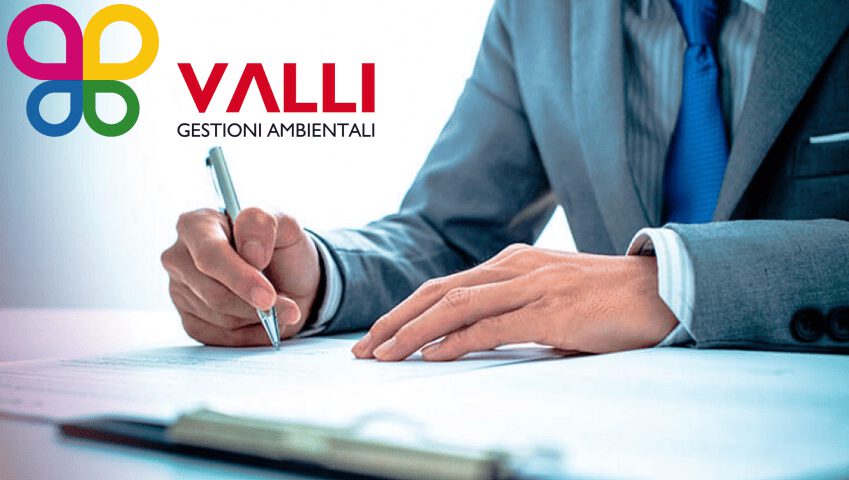When it comes to asbestos disposal, it is understandable that one of the first questions that arises concerns the costs associated with this delicate process.
At Valli Gestioni Ambientali, we understand the importance of providing clear transparency on the costs of the service, but we point out that each disposal project is unique and requires a thorough evaluation to determine the price.
Factors such as the amount of material to be removed, the complexity of site access, and regulatory requirements will affect the final quote. We are committed to providing our customers with a competitive and transparent service, ensuring that we offer the best solution for asbestos disposal, in compliance with safety and environmental regulations.
In this article we will explain how the cost of asbestos disposal is determined, how to obtain an accurate valuation and a personalized quote, what are the procedures and regulations to keep in mind when disposing of asbestos. And because it is mandatory to rely on a specialized company.
What is asbestos?
Asbestos is a natural fibrous material that has been used extensively in the past for its insulating, heat-resistant, and corrosion-resistant properties. However, it was later discovered that asbestos can pose a serious risk to human health due to its microscopic fibers that can be inhaled and cause serious lung diseases, such as mesothelioma and asbestosis.
Asbestos has been used in a wide range of industries and applications. In construction, it has been used for the production of building materials such as piping, roof coverings, thermal and acoustic insulation, flooring and plastering. It was also present in manufactured products such as gaskets, refractory bricks, vehicle braking systems, textiles, and even some electrical equipment.
The Eternit company, founded in 1903, has been a leading manufacturer of asbestos-containing materials, including sheets, roof tiles, pipes and other building products. These Eternit materials contained asbestos as the main component to provide strength and durability.
For this reason, in common language the word eternit and the word asbestos are used synonymously.
However, due to the health risks associated with asbestos, the use of this material has been severely restricted or banned in many countries. Today, its safe disposal is a priority to protect public health and the environment.
What are the laws that prohibit the use of asbestos in Italy?
In Italy, there are several laws that regulate the disposal of asbestos and prohibit or impose strict restrictions on its management aimed at ensuring the protection of public health and the environment.
Some of the main regulations to consider include the Environmental Code (Legislative Decree 257/2006), which lays down general provisions for the management of waste, including waste containing asbestos. The Asbestos Decree (Ministerial Decree of 6 September 1994) defines the procedures and safety measures for the removal, packaging and disposal of asbestos.
The Consolidated Law on health and safety at work (Legislative Decree 81/2008) provides specific guidelines for the protection of workers exposed to asbestos during disposal operations.
In addition, there are the Ministerial Decree of 10 September 1998, which establishes the technical criteria for the management of waste containing asbestos, and the Decree of the President of the Republic 59/2013, which regulates the classification and labelling of waste, including those containing asbestos.
It is important to be aware of these regulations and to ensure that you comply with the latest legal provisions to ensure safe and environmentally friendly disposal of asbestos.
Asbestos removal depends on several factors, including the state of the asbestos-containing material, its location, and local regulations. In general, asbestos does not pose a health risk as long as it remains intact and is not disturbed. However, if the asbestos-containing material is damaged, deteriorated, or undergoing renovation or demolition work, it can release asbestos fibers into the air, becoming hazardous to human health.
It is important to consult local laws and directives, as well as seek advice from qualified professionals, to determine if asbestos removal is necessary in a specific situation.
The main objective is to ensure the safety of the people involved and minimize the risk of exposure to asbestos fibers.
What are the precautions to be taken to remove asbestos?
Asbestos removal requires specific precautions to be taken to ensure the safety of the people involved and prevent the dispersion of asbestos fibres into the environment.
Here are the main ones:
- Assessment and planning: Carry out a preliminary assessment to identify the presence of asbestos, assess the extent and condition of the material, and plan the removal work according to local regulations.
- Qualified professionals: ensure that asbestos removal is carried out by experienced and properly trained professionals, who have the necessary skills to safely handle asbestos-containing material.
- Zone insulation: Create a controlled area around the removal area to prevent the spread of asbestos fibers. This may include the use of physical barriers, such as containment structures and tarpaulins, to separate the work area from the rest of the building or site.
- Protective clothing: Wear appropriate protective clothing, such as disposable coveralls, gloves, filtering face masks (with valve and FFP3 certification), headgear, and shoe covers, to minimize exposure to asbestos fibers.
- Wetting and humidification: Wet asbestos-containing material with water or use wet methods to reduce fiber shedding during removal. This helps prevent asbestos fibers from being released into the air and makes it easier to control dust.
- Use appropriate equipment: Use equipment and tools that are specifically designed to minimize dust generation and ensure the safe removal of asbestos, such as high-performance vacuum (HEPA) systems for dust containment.
- Safe packaging and disposal: Pack asbestos-containing material in sealed containers that are specially labelled according to current regulations. Ensure that the material is disposed of in designated landfills authorized for the treatment of asbestos-containing waste.
Valli Gestioni Ambientali is a specialized company that is committed to strictly following the procedures established by current legislation to ensure maximum safety at every stage of the process.
The company deals with the transport of asbestos, its storage at its authorized plants and the transfer to landfills specially equipped for the disposal of materials containing asbestos, including eternit.
Valli Gestioni Ambientali operates mainly in the regions of Northern Italy, providing disposal services for eternit and other materials containing asbestos in different areas such as: Bergamo, Brescia, Lecco and Veneto in general. The company is committed to ensuring the safe and compliant handling of these materials, contributing to the protection of public health and the environment.
What is the cost of disposal of eternit?
The estimates are customized following an inspection carried out by the professionals in charge, who assess the specific situation.
During this assessment, several factors are taken into account such as legal requirements, the equipment needed and the amount of personnel required for the operation.
It is important to emphasize that the costs related to the safety of the building are borne by the owners of the property.
In order to understand in detail the factors that can influence the final price for asbestos removal, the following elements should be considered:
- Area size: The size of the area to be treated directly affects the total cost of asbestos disposal. The larger the area covered, the greater the investment required.
- Type of asbestos-containing material: Different types of asbestos-containing materials require specific removal procedures. The complexity of the operation can affect the overall costs.
- Material condition and condition: If the asbestos-containing material is damaged, friable, or in critical condition, removal may require special precautions and equipment, which can increase the overall cost.
- Accessibility and location: The location of the building and the accessibility of the workspace can affect transportation, disposal, and logistics costs.
What are the materials that can contain asbestos?
Asbestos is a natural mineral material that is resistant to heat, electricity and corrosion, and it is because of these properties that it was widely used in a wide range of products until the end of the twentieth century.
These include building materials such as floor tiles, tile mastic, cement pipes, thermal and acoustic insulation panels, paints, mastics, and even some types of fabric. It can also be present in old heating systems and electrical equipment (stoves, ovens, etc.).
To identify asbestos, it is important to note that it cannot be recognized with the naked eye due to its microscopic fibers. Instead, you need to refer to trained professionals who perform sampling and testing in the lab.
It is essential to avoid direct contact or handling of suspicious materials, as exposure to asbestos fibers can cause serious health problems.
Why do you have to contact a specialized company to remove asbestos?
In Italy, asbestos removal is a complex operation that requires specialized skills and appropriate tools. Relying on a specialized company such as Valli Gestioni Ambientali is essential to ensure process safety and compliance with Italian regulations.
As a company specialized in this sector, we have the ability and experience to manage asbestos safely, limiting the spread of fibers in the air as much as possible. We use strict safety measures and encapsulation techniques, to protect workers and the surrounding environment.
In addition, the correct disposal of asbestos requires specific regulatory management and authorizations that must be issued by the appropriate bodies.
It is no coincidence that Italian legislation provides that the removal of asbestos is carried out only by authorized professional operators, thus underlining the intrinsic danger of this type of work. Turning to a specialized company is therefore an essential step in protecting human health and the environment.
How to dispose of eternit in the Valli Gestioni Ambientali Plant
For eternit sheets, they must be delivered intact, with proper encapsulating treatment applied to both sides and ends. These must be stacked and wrapped securely with a sturdy and transparent plastic material that allows the eternity inside to be clearly seen.
The packaging must be carefully sealed using transparent film and asbestos-specific adhesive tape, ensuring that it is intact and without tears. The slabs prepared in this way must then be placed on standard-sized pallets (120 cm. deep) in good condition, with the pallet positioned outside the eternit casing. Coveralls, masks and other non-eternit materials must be delivered separately.
As for the crushed material, it must be treated with an appropriate encapsulating preparation and packed in UN-certified, airtight and tear-resistant big bags.
Following the directives of the National Register of Environmental Managers (Prot.n.1912/ALBO/PRES), before transport, each packaging on pallets and each big bag must be marked with a black “R” label on a yellow background. In addition, each package must have an “a” label in white lowercase font on a black background.
Incentives to dispose of asbestos in 2023
The Inail Asbestos Call offers the opportunity to receive non-refundable funding to support companies like yours in the removal of eternit, thus reducing potential health risks.
For this year, the resources available reach 370 million euros: this is the largest amount ever allocated in previous editions of the INAIL Call.
The Isi Inail Asbestos Call provides non-refundable funding up to a maximum of 130,000 euros for remediation projects from materials that contain asbestos.
The support, which will be disbursed by bank transfer, will cover 65% of the expected expenses. The new element is the addition of an additional incentive intended to also cover the installation of lifelines for workers who have to work on roofs and carry out maintenance work.
This call is aimed at all projects aimed at promoting the dissemination of prevention and protection of safety in the workplace.
The companies that can participate in the call and apply for funding are those located throughout the national territory and belonging to the sectors of commerce, industry, crafts, agriculture, and third sector entities, such as voluntary organizations, social promotion associations, philanthropic bodies, social enterprises, etc., which have their operational headquarters in any region of Italy.
The request for funding must be submitted through the dedicated service on the Inail website.
For more information on the cost of asbestos disposal, read the in-depth page or fill out the form to request specialized advice.




